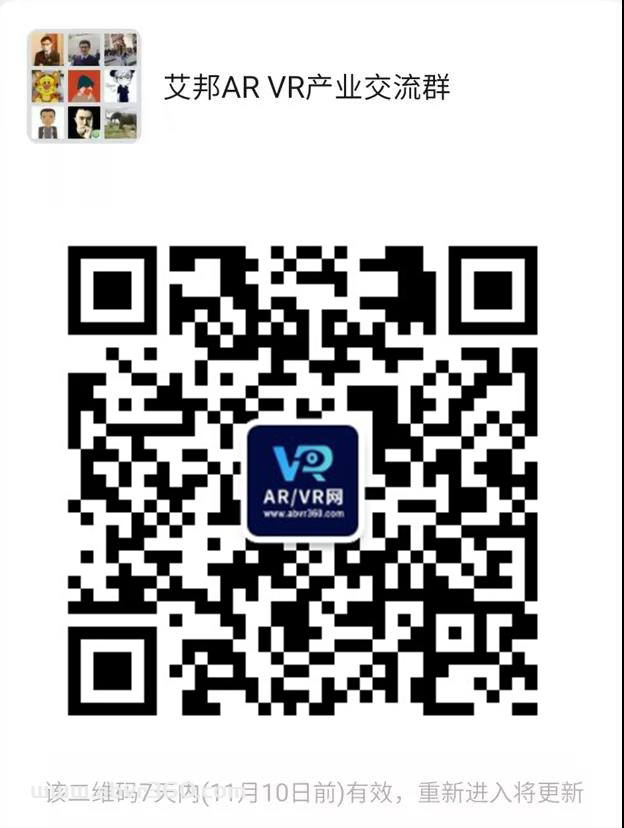A Google patent application was recently released in Europe, involving smart glasses that may use eye tracking technology in the future. Google points out that eye tracking is widely used in augmented reality, virtual reality, mixed reality and medical applications. Eye trackers use a light source and camera to measure eye position and eye movement. Any combination of the position and shape of the eye's pupil and the eye's rotational position (gaze direction) can be used to track the eye.
Google's patent application states that eye tracking devices comprise at least one illumination source and one camera operable to measure light emitted from the illumination source and reflected off an eye. From the image data, a position of the pupil in an image of the eye may be determined and used to identify a gaze direction of a user. The gaze direction information may be used, for example, to determine where in a head mounted display to place content, or as part of the computations to generate foveated rendering. In examples, the image of the eye may be used in medical applications, training applications, or any other application.
Eye tracking works best when a clear image of the eye is available. For this reason, typically eye tracking illuminators and sensing devices are mounted on the front frame portion of a frameset in front of a user’s eye, shining light directly on the eye.
Yet it may be preferable to use a frameset that resembles an ordinary set of glasses and frames so that prescription lenses could be used. An eye tracking device integrated into an arm portion of a frameset. The eye tracking device includes a laser flood illuminator that generates a beam within a laser bandwidth, a surface operable to reflect the beam towards and eye, a filter to remove a background light outside of the laser bandwidth, and a camera. The laser flood illuminator is positioned in an arm portion of the frameset, thereby moving some of the bulky components of the eye tracking device away from the front frame portion of the frameset as presented in the patent FIG. 2A below.
Google's patent FIG. 1A above A depicts a frontal view and FIG. IB depicts a rear view of a head mounted device #100 (smartglasses. The smartglasses may display augmented reality, virtual reality, simulated reality, mixed reality, see-through reality, blended reality.
The smartglasses includes an eye tracking device #200 which includes a frameset #106, a laser flood illuminator, a reflective surface (for example lens #110), and a camera including a filter and a sensor. In examples, the eye tracking device may further include electronics, camera and structured optics.
Translated from: patentlyapple


